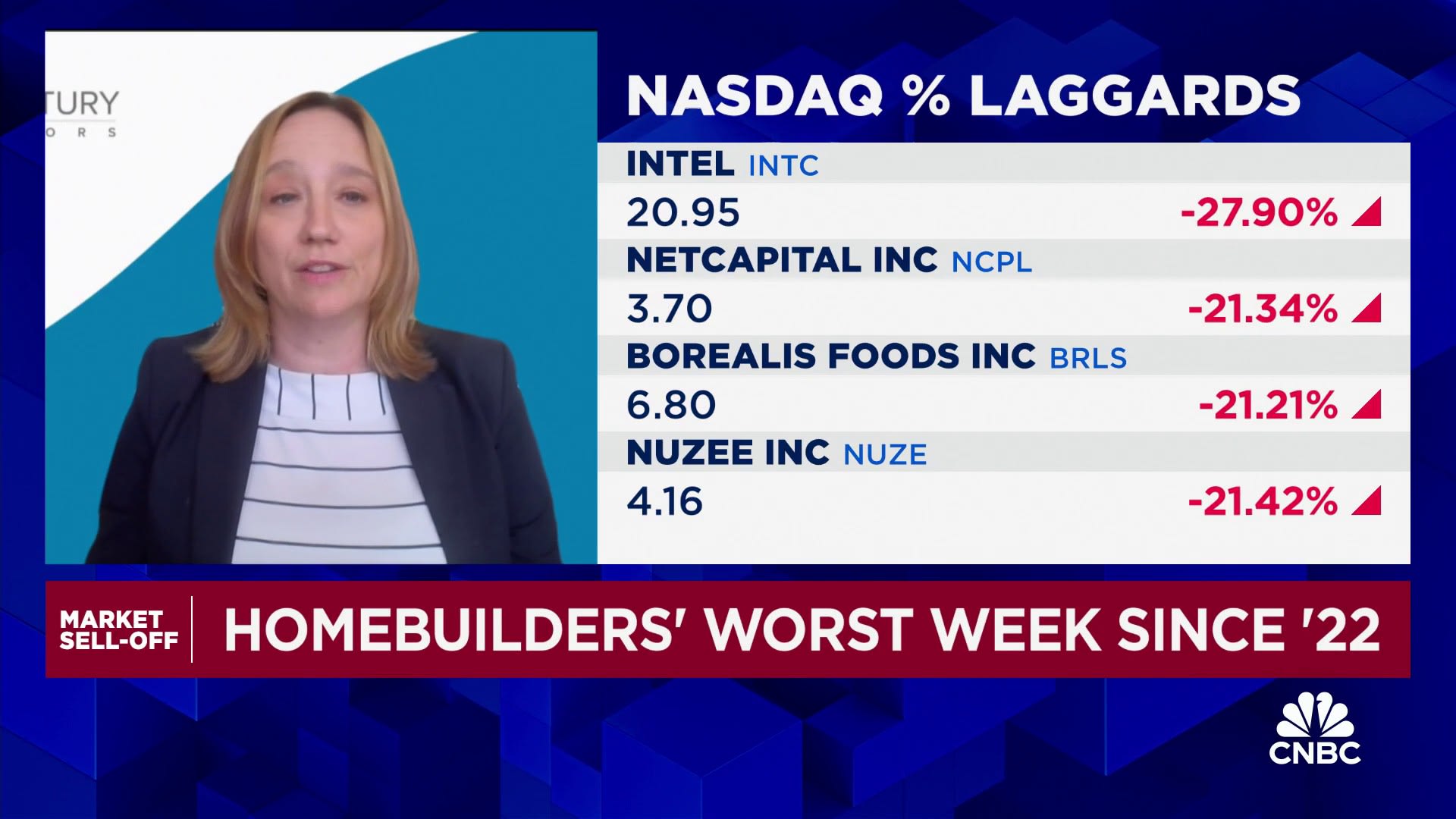
Global stock markets are in the grip of a deepening rout, prompting investors to turn to one of the most historically accurate indicators to determine whether the U.S. economy is in recession.
The so-called “Sahm rule” has observed without fail that the initial phase of a recession has started when the three-month moving average of the U.S. unemployment rate is at least a half a percentage point higher than the 12-month low.
The time-tested indicator, which is widely recognized for its simplicity and ability to quickly reflect the onset of a recession, was named after economist Claudia Sahm when it was first introduced as part of a policy proposal in 2019.
A weaker-than-expected July jobs report on Friday officially triggered the Sahm rule. The data led investors to worry that the Federal Reserve may be behind the curve in cutting interest rates to fend off a recession.
The rule’s inventor, however, is not convinced.
“We are not in a recession now — contrary the historical signal from the Sahm rule — but the momentum is in that direction,” Sahm told CNBC by email on Friday. “A recession is not inevitable and there is substantial scope to reduce interest rates.”
Sahm previous worked at the U.S. Federal Reserve and is now a chief economist at New Century Advisors.
Our understanding of what is happening right now is so very challenged and what that means is — and I’ll be the first to say it as someone who has a rule attached to her name — don’t just rely on one tool.
Claudia Sahm
chief economist at New Century Advisors
Expanding on her view, Sahm cited U.S. consumer spending, production data and household income as reasons to be cautious about the inevitability of a recession.
“We are in a place where things have slowed. So, we’re not in contraction territory. That frankly is not good enough, we can do better than avoiding a recession,” Sahm told CNBC’s “The Exchange.”
“What is very worrisome and today’s employment report underscored, is the direction of travel, the momentum is not good. We are pointed towards what would be recessionary dynamics and that should be a real wake-up call,” Sahm said.
‘Fed has a big lever still to pull’
“People have started using the Sahm Rule to define whether the US is in recession,” Dario Perkins, managing director of global macro at TS Lombard, said in a research note published Monday.
“While this is nice to know – better than waiting for the [National Bureau of Economic Research] – it misses the point,” Perkins said.
“The Sahm rule is trying to tell us something deeper, about the RECESSIONARY PROCESS. The proper insight is that if the jobless rate rises by 0.5%pts, it will probably rise A LOT MORE. It is about REFLEXIVITY,” he added.
Federal Reserve Chairman Jerome Powell speaks at a news conference following a Federal Open Market Committee meeting at the William McChesney Martin Jr. Federal Reserve Board Building on July 31, 2024 in Washington, DC.
Andrew Harnik | Getty Images
Policymakers at the U.S. central bank on Wednesday held interest rates steady, although Fed Chair Jerome Powell gave investors some hope by signaling a September rate cut is on the table.
Sahm said a recent batch of weak economic data had called into question the Fed’s decision to hold off on cutting interest rates until next month.
“And yet, they have what is so important and a cause for being somewhat optimistic. The Fed has a big lever still to pull, they have a lot of interest rate cuts that they could go through if they need to,” Sahm said.
“They don’t need to all at once, but we do have that lever to pull and take some pressure off the economy. This economy is in a good place — it just needs some pressure taken off it,” she added.
In mid-June, Sahm told CNBC that the U.S. central bank risked tipping the economy into contraction by not cutting interest rates sooner.
‘Don’t just rely on one tool’
Asked on Friday whether there was evidence to suggest that questionable market signals had complicated the picture for the Fed’s decision-making process, Sahm replied, “We can’t let the perfect be the enemy of the good. In terms of macro forecasting, macroeconomic policy, investing, I mean this is really hard.”
“We never have all the data … we always want that next data release, we always want that better piece of information and so any decision the Fed is going to make they are going to have to make it under uncertainty,” Sahm said.
“Our understanding of what is happening right now is so very challenged and what that means is — and I’ll be the first to say it as someone who has a rule attached to her name — don’t just rely on one tool,” she continued.
“You have really got to open them up and think hard about where they disagree most.”
— CNBC’s Jeff Cox contributed to this report.
